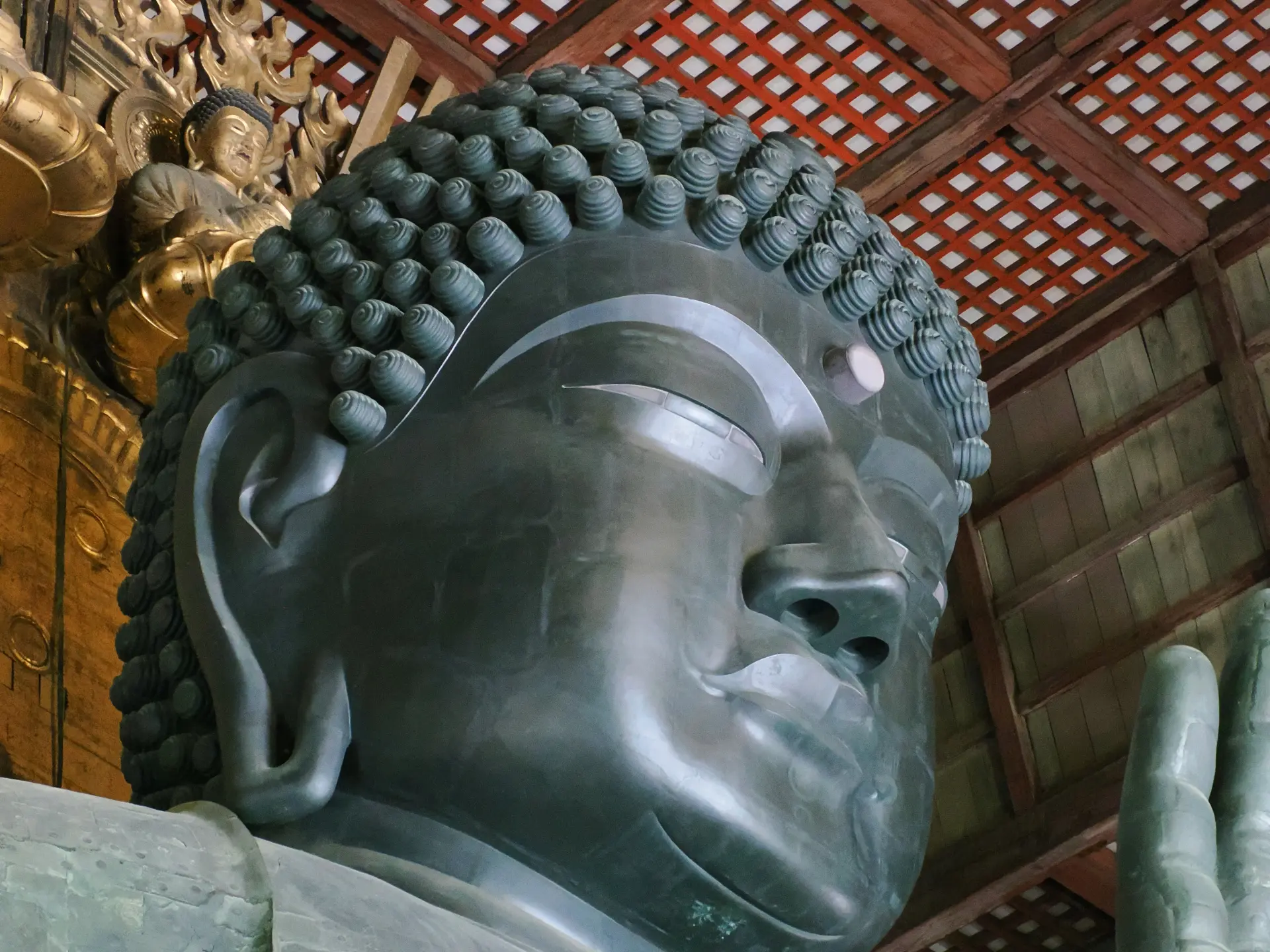Todaiji Temple in Nara is one of Japan’s most famous temples, known for housing the Great Buddha (Daibutsu), one of the largest bronze statues in the world.
Founded in 752, this UNESCO World Heritage site offers a unique look at Japan’s history, spirituality, and architecture.
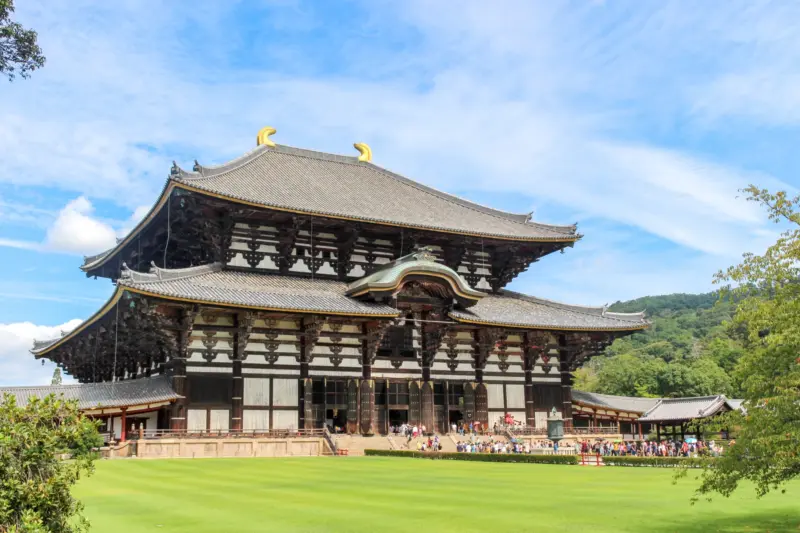
Todaiji is also celebrated for its impressive wooden structure, the Great Buddha Hall (Daibutsuden), which is one of the largest wooden buildings globally.
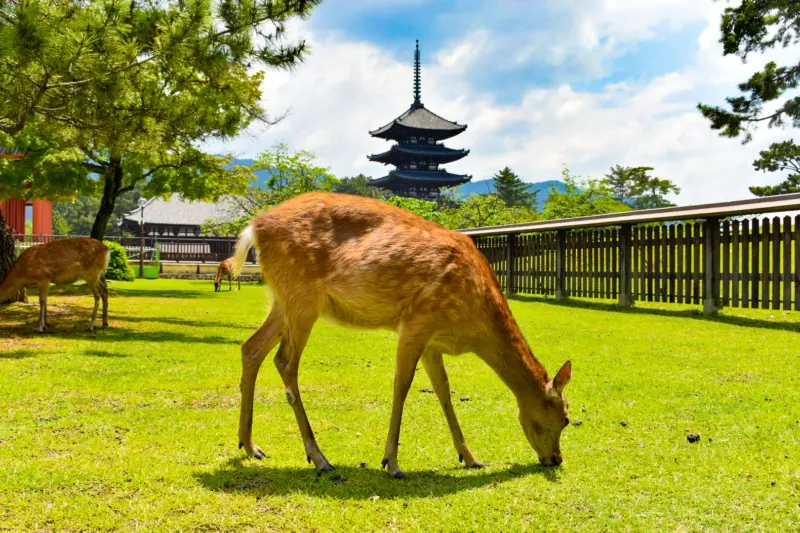
Top Attractions at Todaiji Temple
1. Great Buddha (Daibutsu)
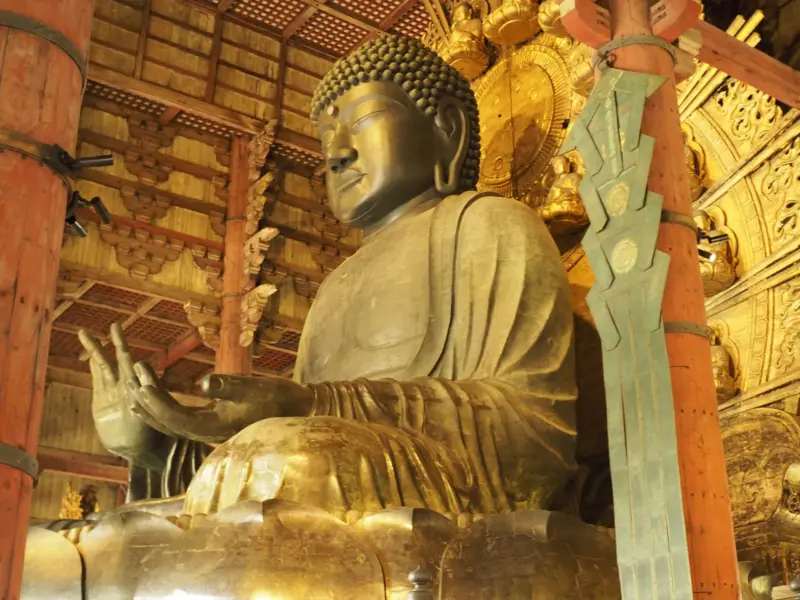
The Great Buddha, measuring about 15 meters tall, is truly a sight to behold. Moreover, this bronze statue represents Vairocana Buddha, symbolizing enlightenment and peace.
Additionally, the statue is seated on a large lotus pedestal, exuding a serene aura that visitors find unforgettable.
As a result, it has become a must-see attraction for those visiting Todai-ji Temple.
2. Great Buddha Hall (Daibutsuden)
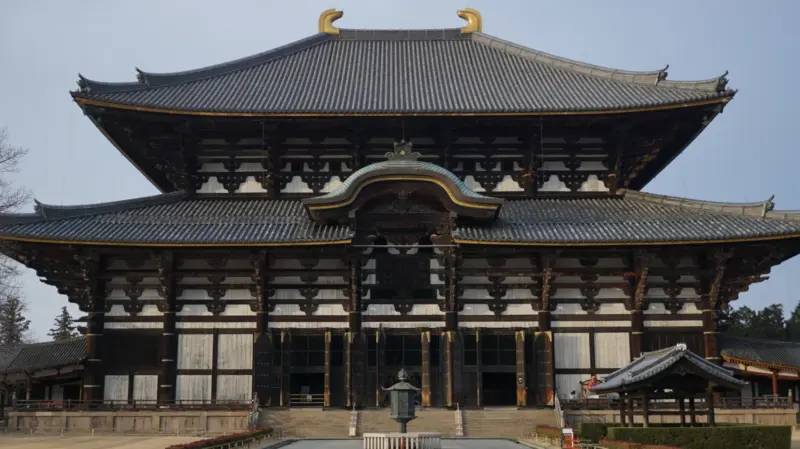
The Daibutsuden is recognized as one of the largest wooden structures in the world.
Originally built in the 8th century and later rebuilt in 1707, it houses the Great Buddha and other important statues, including the Bodhisattvas and guardian deities.
3. Nandaimon Gate
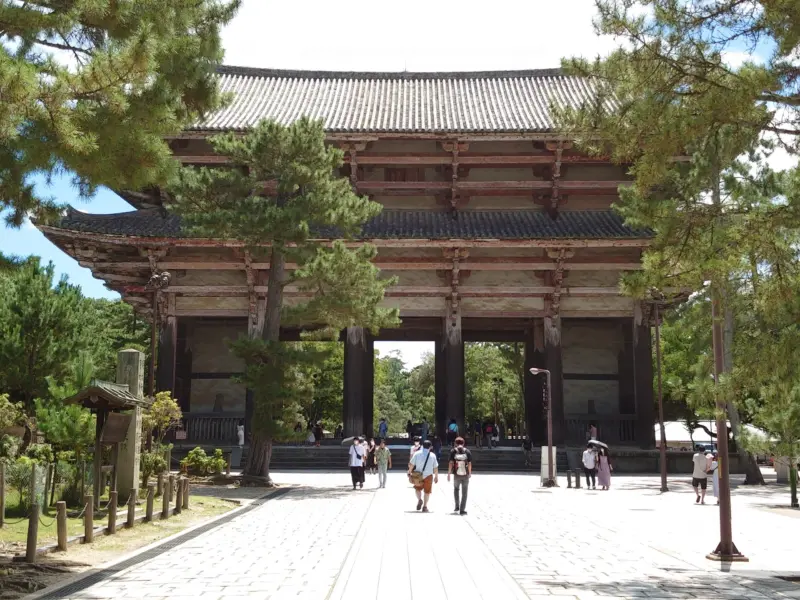
The imposing Nandaimon Gate serves as the grand entrance to Todaiji.
This 25-meter-tall gate features two fierce guardian statues, Agyo and Ungyo, designed to ward off evil spirits.
The gate itself reflects architectural influence from the Kamakura period.
4. Nigatsudo Hall
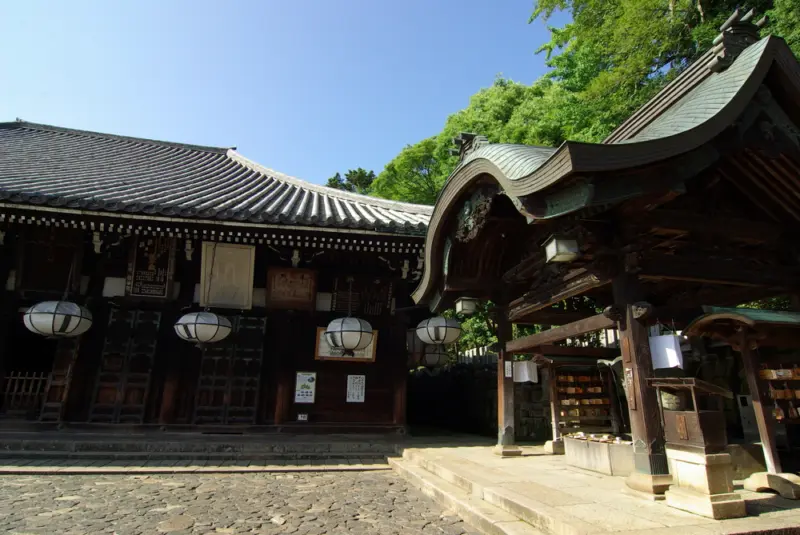
Nigatsudo is a sub-temple within Todaiji, famous for its panoramic views of Nara and annual Omizutori (Water-Drawing) ceremony.
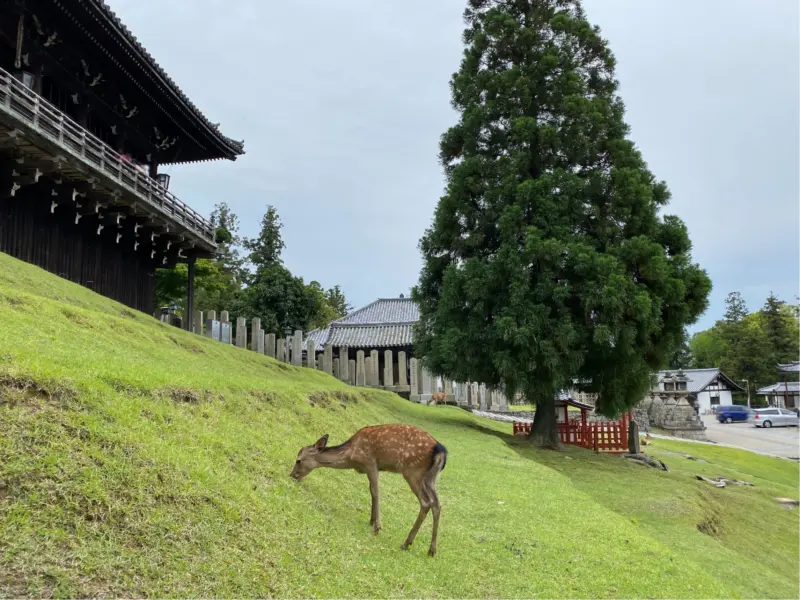
It’s a fantastic spot for capturing photos and enjoying a peaceful moment away from the crowds.
Best Season to Visit & Tips
While Todaiji is beautiful year-round, visiting during spring (March to April) or fall (October to November) provides the best weather and scenery.
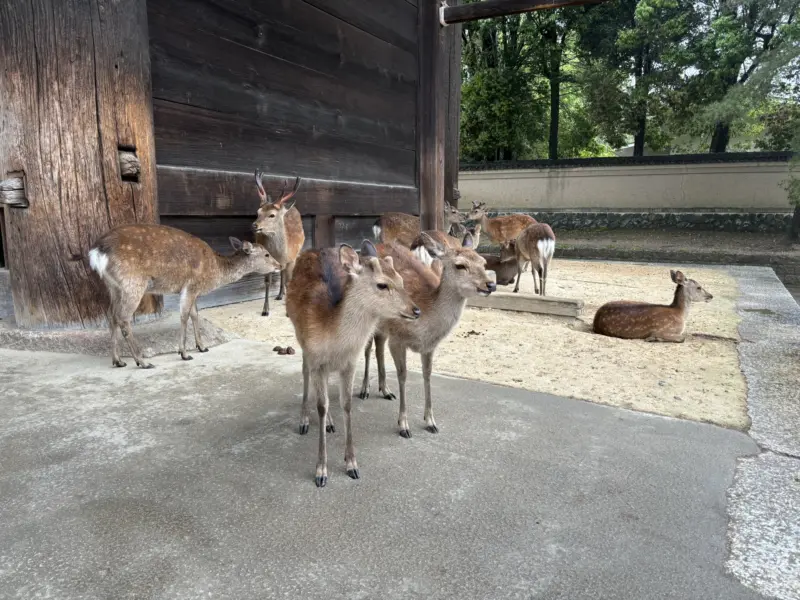
For a quieter experience, arrive early in the morning or later in the afternoon.
Don’t forget to explore Nara Park, where you can interact with the friendly deer that roam freely.
My wife insists I post this video she took of me being swarmed at the deer park outside Todaiji Temple in Nara. 🦌 pic.twitter.com/Nh1HJCkQ26
— Samuel Deats 🌕 (@SamuelDeats) November 4, 2024
Admission Fees and Hours
Admission: Entrance to the Great Buddha Hall costs 800 yen (5.17USD) for adults and 400 yen for elementary school students. The grounds around the temple are free to explore.
Hours: Todai-ji Temple is open daily from 8:00 AM to 5:00 PM. Hours may vary by season, so checking the official website is recommended before visiting.
Nearby Attractions
- Nara Park: Home to hundreds of free-roaming deer, this park surrounds Todaiji and is a great spot for a leisurely stroll.
- Kofukuji Temple: Another UNESCO World Heritage site, known for its five-story pagoda and historic artifacts.
Access Information
Todaiji Temple is accessible via a 20-minute walk from Kintetsu Nara Station or a short bus ride from JR Nara Station. Bus lines are available and are a convenient option for visitors with limited mobility.
FAQ
Todaiji is famous for its massive Great Buddha statue and the impressive wooden Great Buddha Hall, which visitors can explore.
Yes, you can see free-roaming deer in Nara Park, which surrounds Todaiji. These deer symbolize Nara and often interact with visitors.
The pillar behind the Great Buddha has a square hole that people crawl through for good health and wishes to come true. Moreover, this hole is said to match the size of the Buddha’s nostril, symbolizing its connection to the statue. Additionally, the pillar is strategically placed in the northeast, which is traditionally considered a direction to ward off evil spirits. As a result, this feature holds both cultural and spiritual significance.
The Ushiku Daibutsu in Ibaraki stands at 120 meters tall. Guinness World Records recognizes it as the world’s largest bronze Buddha.
The bent middle finger symbolizes “I will save you,” while the other hand means “I will grant your wishes.” The curls on the Buddha’s head, called rahotsu, represent wisdom.

